Extensor pollicis brevis muscle
What is Extensor pollicis brevis muscle?
The extensor pollicis brevis muscle is a skeletal muscle located in the forearm that is responsible for extending the thumb at the carpometacarpal joint (base of the thumb). It originates from the distal third of the posterior surface of the ulna bone and the interosseous membrane, and inserts into the base of the proximal phalanx of the thumb.
The extensor pollicis brevis is a short, thin muscle that connects the thumb’s proximal phalanx to the posterior surface of the radius. It is in the forearm’s posterior compartment. It is one of the deep extensors of the forearm, along with the supinator, abductor pollicis longus, extensor pollicis longus, and extensor indicis muscles.
The primary function of this muscle, along with that of its long counterpart, the extensor pollicis longus muscle, is to expand the thumb at the metacarpophalangeal and carpometacarpal joints.
Origin of Extensor pollicis brevis muscle
The extensor pollicis brevis muscle originates from the distal third of the posterior surface of the ulna bone and the interosseous membrane. Specifically, it arises from the posterior surface of the body of the ulna bone, the adjacent interosseous membrane, and the dorsal border of the radius bone.
Insertion
The extensor pollicis brevis muscle inserts into the base of the proximal phalanx of the thumb. More specifically, it attaches to the base of the distal phalanx of the thumb via a tendon that travels through a groove on the dorsum of the radial styloid process, crosses the wrist joint, and passes through the extensor retinaculum. Finally, the tendon of the extensor pollicis brevis muscle inserts onto the base of the proximal phalanx of the thumb, contributing to the extension and abduction of the thumb at the carpometacarpal joint.
Relations
The extensor pollicis brevis, or deep thumb extensor, is very close to the extensor digitorum muscle. It is straightforwardly medial to the abductor pollicis longus muscle and is found posterolateral to the extensor pollicis longus muscle.
The tendon of the extensor pollicis brevis and the tendon of the abductor pollicis longus forms the lateral border of the triangular depression on the lateral aspect of the wrist which is referred to as the anatomical snuffbox. The tendon of the extensor pollicis longus and the styloid process of radius each make the medial lines and proximal lines of this space. The radial artery runs through the snuffbox among other structures. Because this is the most common location for palpating the radial pulse, it is an essential clinical point.
Innervation
The posterior interosseous nerve, which is a continuation of a profound radial nerve branch with root values C7 and C8, innervates the extensor pollicis brevis.
Blood supply
The posterior interosseous artery and the perforating parts of the foremost interosseous artery, which are parts of the normal interosseous artery, supply the extensor pollicis brevis with blood. Under the range of the ulnar artery’s tuberosity, the normal interosseous artery quickly arises.
Function of Extensor pollicis brevis muscle
The extension of the thumb in the first metacarpophalangeal joint is controlled by both the extensor pollicis brevis and the extensor pollicis longus. It also allows the thumb to be extended at the carpometacarpal joint. This movement is essential to the anatomy of the grip because it makes it possible to let go of an object. The extensor pollicis brevis additionally adds to the joint’s extension and abduction when it crosses the wrist.
Clinical relevance
The tendons of the EPB and the Abductor Pollicis Longus (APL) are encased in a normal sheath at the dorsum of the wrist. The friction between the thumb and wrist can be increased by forceful or repetitive motions, which in turn can cause inflammation in the joint tendon. De Quervain’s Tenosynovitis is a condition that causes pain to spread to the forearm’s proximal side from the wrist’s radial aspect.
Assessment
De Quervain’s Tenosynovitis can be evaluated using the Finkelstein Test: The examiner holds the patient’s thumb with one hand and holds the patient’s forearm in a neutral position with the other. The examiner then pulls longitudinally on the patient’s thumb, making a slight ulnar deviation at the wrist. A positive test shows expanded torment at the spiral styloid process.
Extensor pollicis brevis stretching
Thumb stretch
Here, the thumb’s extensor and abductor muscles are stretched. Starting with your thumbs facing upward, close your fist around your thumb. By tilting your fist downward, slowly enter the ulnar deviation in a pain-free range. Keep stretching for up to twenty seconds.
Extensor pollicis brevis strengthening exercise
Thumb isometrics
This exercise can help strengthen the thumb muscles in many different ways. To get started, use your other hand to apply pressure in both directions while making a fist with your thumb. Keep an upstanding thumb to oppose the tension, and hold for 5 to 7 seconds.
Finger extension with band
This is an activity for reinforcing the finger extensors. Generally at the level of your third knuckle, circle a hair or adaptable band around the back of your fingers. To stretch the band, extend your fingers and hold them there for up to five seconds. Return to neutral after each repetition to complete it.
Finger yoga
This is an activity for reinforcing the finger extensors. Place your palm on a table, work surface, or other level surfaces to get everything moving. Raise your pinky, middle, and thumb off the bottom while keeping the planted position of the other two fingers. Stand firm on this footing for as long as five seconds as you attempt to raise the raised fingers as high as could be expected. To return to nonpartisan and substitute positions, raise the second and fourth fingers as high as possible while remaining planted. Remain steadfast on this foundation for just five seconds once more. To complete the repetition, return to neutral and recount as necessary.
FAQ
Why is it hurting in my brevis extensor?
De Quervain’s tenosynovitis occurs when the tendons for the abductor pollicis longus and the extensor pollicis brevis at the level of the radial styloid process become inflamed and swollen. This painful condition typically strikes people between the ages of 30 and 50. It affects women more frequently.
The extensor pollicis brevis can be strengthened in what way?
Place a finger from the opposite hand between the end joint on the back of your thumb and your thumb’s knuckle. When you try to move your thumb away from you and toward the outside, use your opposite hand to resist the movement. Try to stay in this position without moving, keeping the tip of your thumb bent.
Is tearing your pollicis brevis extensor a possibility?
Although fractures and chronic tendonitis (1,2) are the most common causes of isolated EPL rupture, EPB tendon rupture is extremely uncommon.
For thumb base pain, what kind of massage or exercise should I do?
If the base of your thumb hurts, try acupressure as a simple home remedy. Apply 30 seconds of firm tension to the webbing that runs between your thumb and pointer finger with the thumb and pointer finger of the opposite hand.
Can pain in the thumb be alleviated?
In these circumstances, common treatments for thumb pain include ceasing the activity, getting some rest, applying ice or compression, and taking an over-the-counter painkiller.


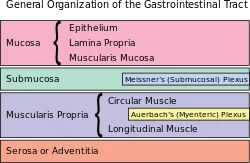
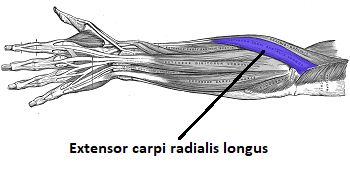
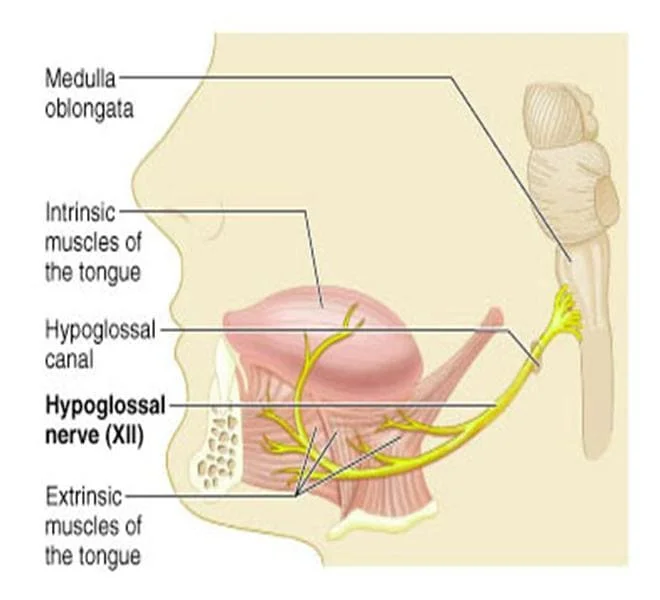
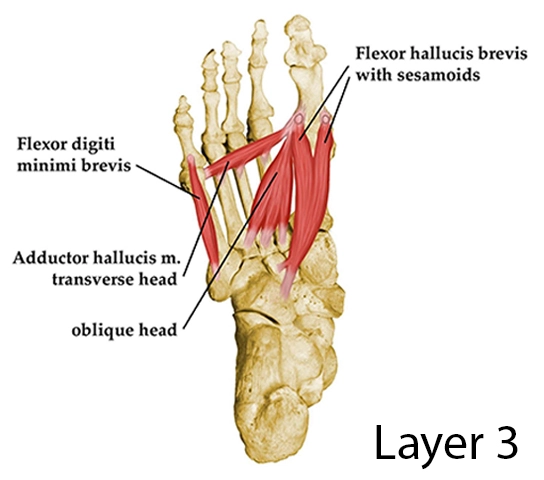
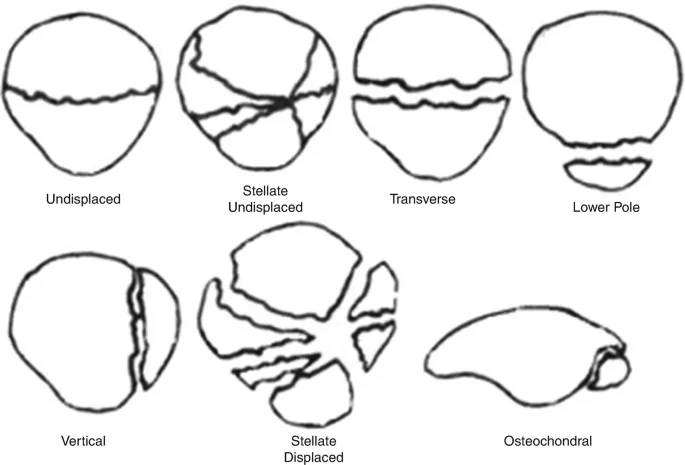
One Comment